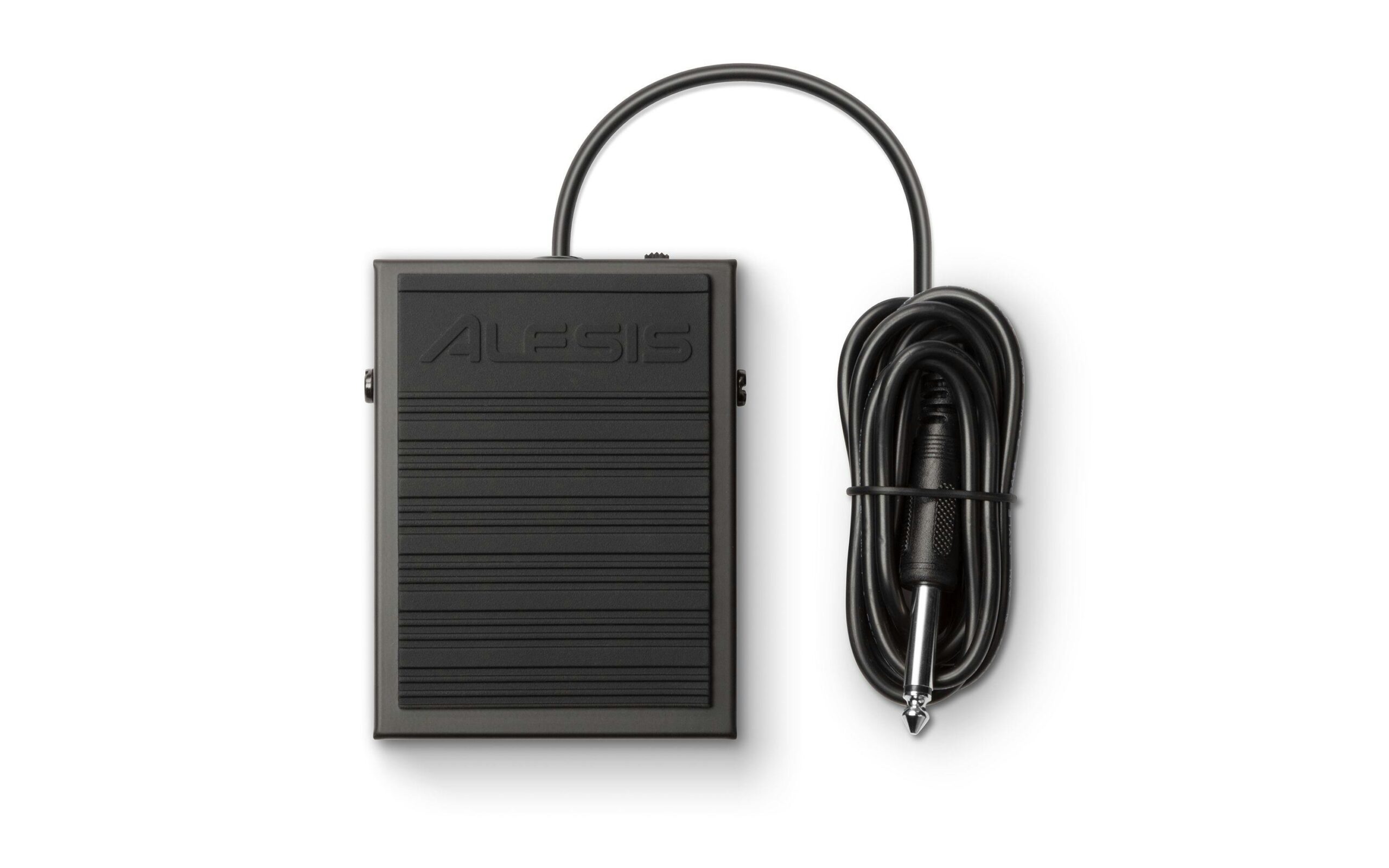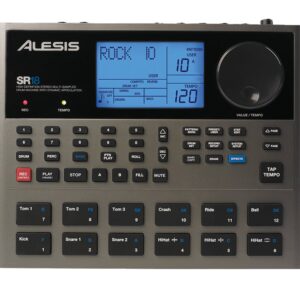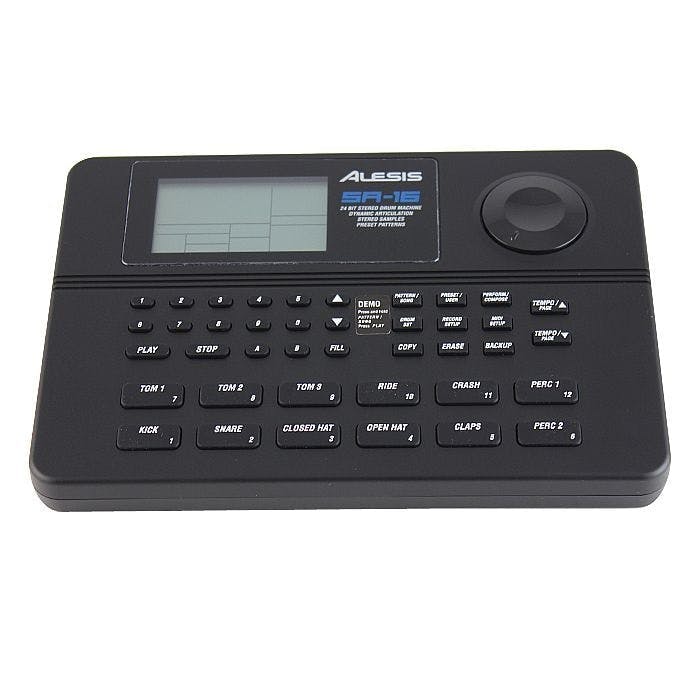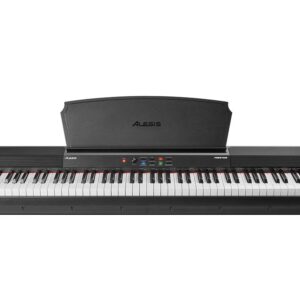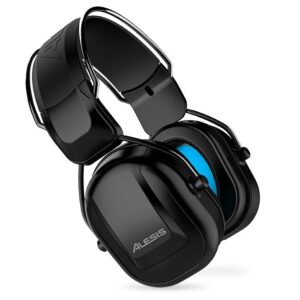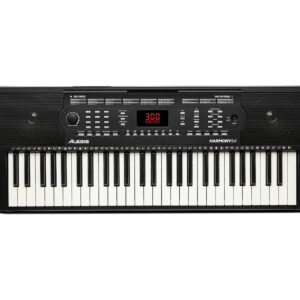Description
The Alesis ASP1 MkII Keyboard Sustain Pedal with Polarity Switch is made by Alesis. If you are looking for a great Polarity Switch with Pedal Sustain Keyboard MkII ASP1 Pro Keyboard Misc Pro Keyboards . The Alesis ASP1 MkII Keyboard Sustain Pedal with Polarity Switch is in stock from Synth for Sale now for £11.99 with delivery to all areas of the UK/Europe & USA. . Alesis ASP1 MkII Keyboard Sustain Pedal with Polarity Switch
We have new and used Alesis musical equipment available on our website for fast direct delivery from sellers across the UK & Europe.
Alesis is a leading manufacturer known for developing innovative and affordable electronic instruments, including synthesizers, drum machines, digital pianos, and recording equipment. Founded in 1984, Alesis has a reputation for pioneering advancements in digital and analogue audio technology, with iconic products like the SR16 and the Fusion synthesizers. Their focus on creating accessible, high-quality gear makes them a popular choice for musicians and producers at all levels. Alesis continues to push boundaries with user-friendly designs and versatile tools that appeal to a broad range of creative professionals.
£12.99 £11.99
Portable and compact sustain pedal/momentary footswitch expands the expressive control of Electric Keyboards, Pianos, Synthesizers, MIDI Controllers and more Flip the Polarity switch for universal compatibility with any instrument with a 1/4-inch sus…
read more
£15.99 £15.13
Natural feel, perfect response – Universal sustain pedal with chrome foot pedal for a natural, realistic pedal action Universal compatibility – Design with a conveniently located polarity switch for compatibility with all electronic keyboards Robust …
read more
£9.99
PLUG AND PLAY:This sustain pedal fits all digital pianos and electronic keyboards with standard 1/4"wtih 6.5 feet cable. Just plug the standard 1/4" stereo plug into your instrument and you're ready to control sustain. No drivers or batteries needed….
read more
£12.99 £12.22
Express yourself – Expand and unlock the full creative scope of your controller or keyboard with M-audio's universal EX-P expression pedal Control anything – Manipulate any MIDI assignable control or parameter in real time, including volume, modulati…
read more
£15.49 £15.00
Sturdy construction with rubber feet to keep firmly in place on various surfaces. The high quality style chrome-plated pedal gives you the feel and control of a traditional piano sustain pedal. Polarity switch allows you to toggle between sustaining …
read more
This product is in stock and could be with you tomorrow, read more details to place an order for delivery to any location in the UK.
A music keyboard is a versatile musical instrument consisting of a set of keys or buttons that produce different pitches when pressed. Keyboards come in various forms, including acoustic pianos, electric pianos, synthesizers, and MIDI controllers. They allow musicians to play melodies, harmonies, and chords with ease, making them fundamental tools in a wide range of musical genres and settings. Keyboards often feature additional controls such as knobs, sliders, and buttons for manipulating sound parameters, and they can be connected to other devices like computers or sound modules for expanded functionality. Whether used for classical, pop, jazz, or electronic music, the keyboard’s intuitive layout and expressive capabilities make it an essential component of modern music production and performance.
A pedal, in the context of music, refers to a device that modifies the sound of an instrument, typically electric guitar or keyboards, by altering audio signals as they pass through it. Pedals can serve a variety of functions, including effects like distortion, reverb, delay, modulation, and compression. They are commonly used by musicians to enhance their sound, create unique audio textures, or achieve specific sonic qualities that would be difficult to produce with the instrument alone. Pedals are often housed in sturdy enclosures with footswitches that allow musicians to engage or disengage effects during performance easily.
Pedals can be analogue or digital, with each type offering different characteristics and qualities. Analog pedals, for example, often provide warm and rich tonalities due to their continuous signal processing, while digital pedals can emulate a wide range of effects and often include more advanced features, such as presets and programmable settings. Many musicians use multiple pedals in a “pedalboard” setup, connecting them in series to create complex soundscapes. With their versatility and ability to transform an instrument’s tone, pedals have become essential tools for performers and composers across various genres, from rock and jazz to electronic and ambient music.
Sustain refers to the duration a sound is held after the initial attack and decay phases, and it is one of the key stages in a synthesizer’s ADSR envelope (Attack, Decay, Sustain, Release). When a note is played on a synth, the sustain level determines how long the sound remains at a consistent volume while the key is being held down. Unlike attack and decay, which are measured in time, sustain is a level—essentially the steady volume that a sound maintains until the key is released. For instance, if the sustain is set high, the note will continue to sound loudly; if it’s set low, the sound will drop to a softer volume.
The concept of sustain is essential for shaping how a sound behaves over time. In musical contexts, sustain allows for the emulation of acoustic instruments like strings or organs, where notes can be held continuously at a certain volume. It is also useful for creating pads, drones, or long atmospheric sounds. Adjusting the sustain level can drastically change the character of a sound—keeping it high can give a sense of continuity or smoothness, while lowering it can make the sound more percussive or short-lived. By creatively manipulating sustain within an ADSR envelope, musicians can achieve greater expressiveness and variety in their synthesizer patches.
